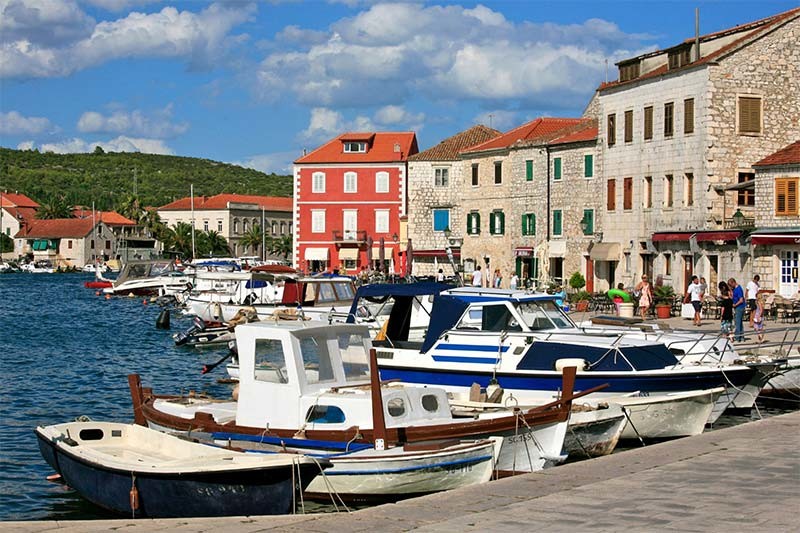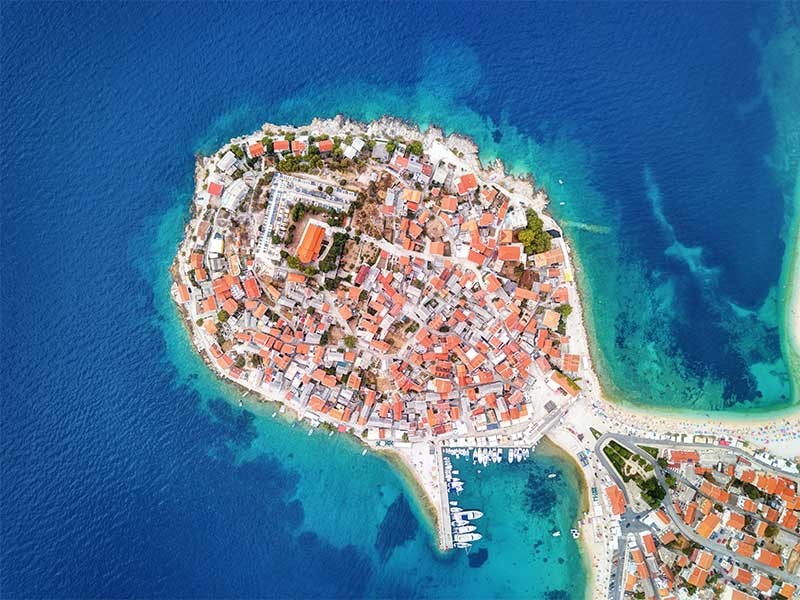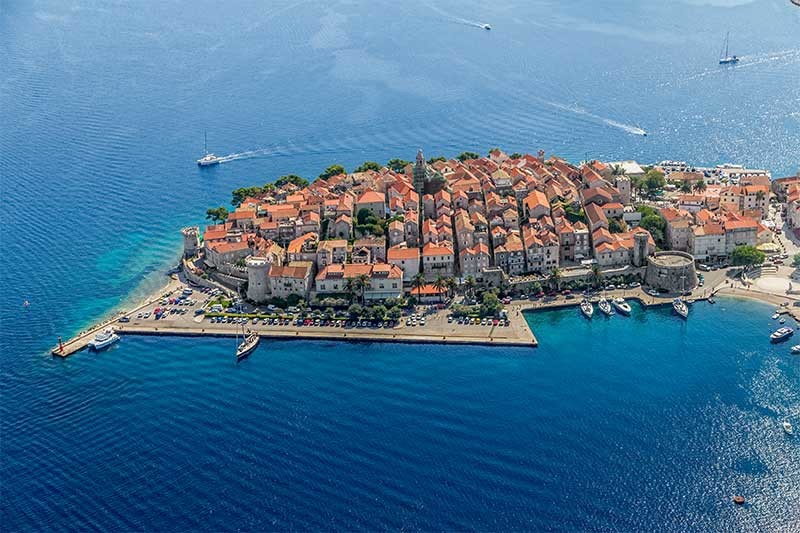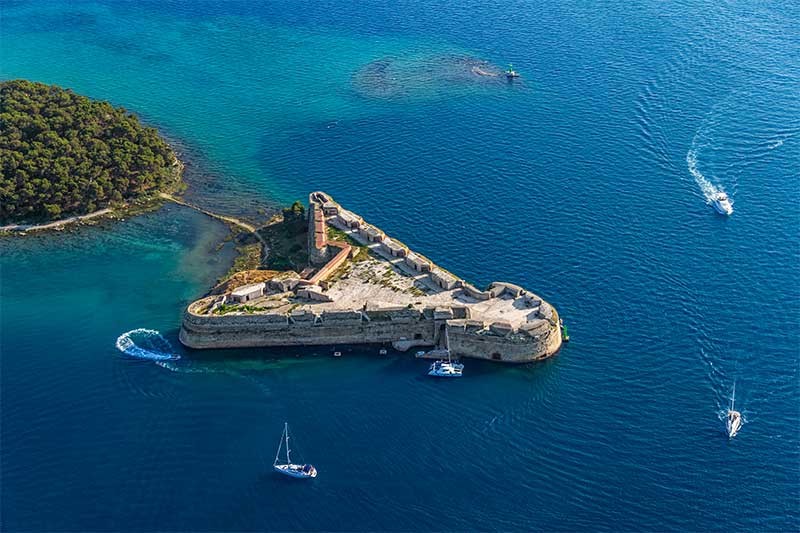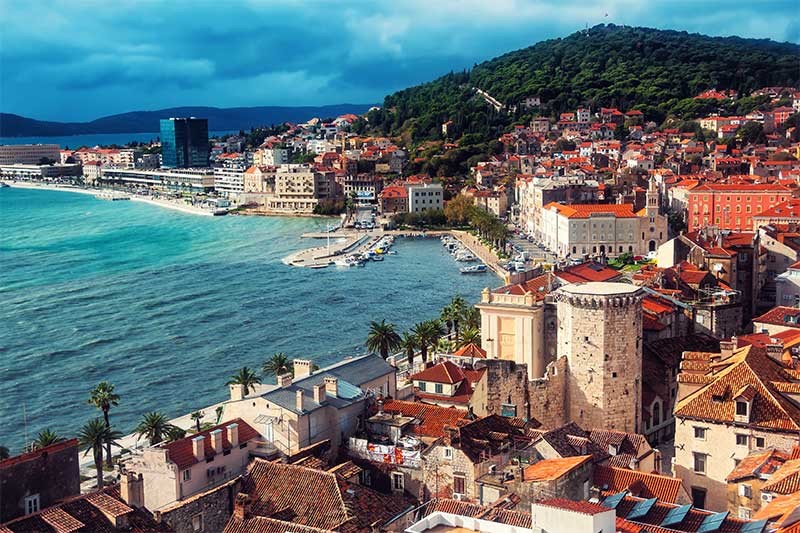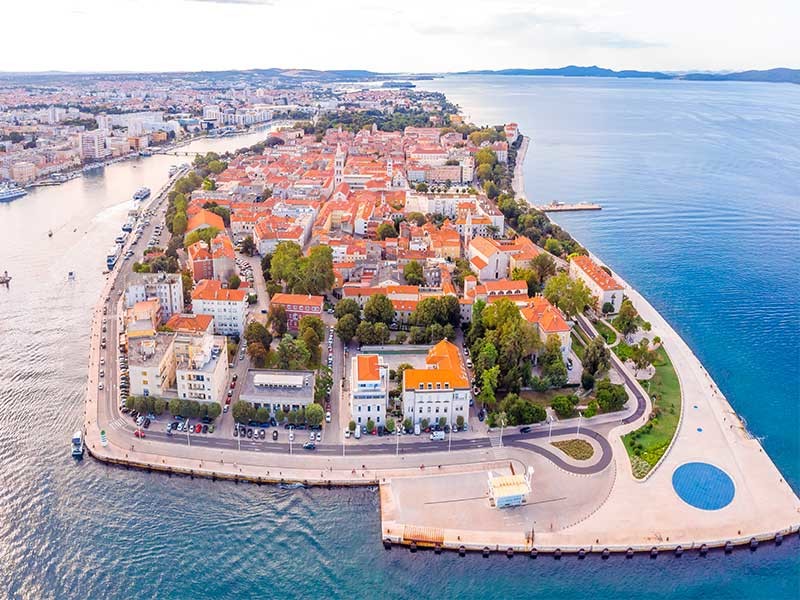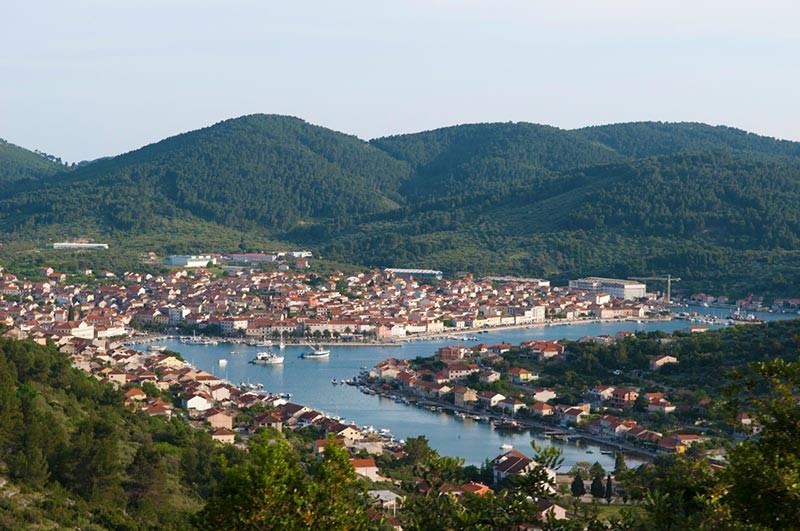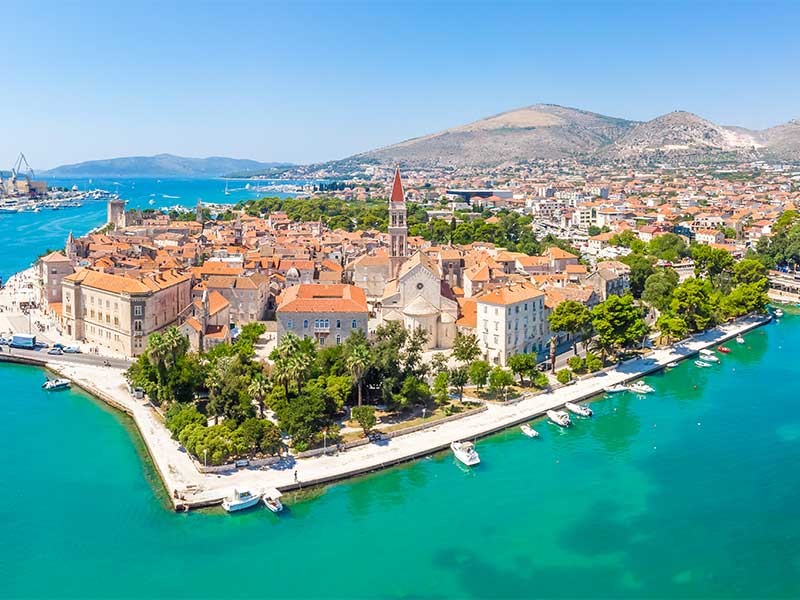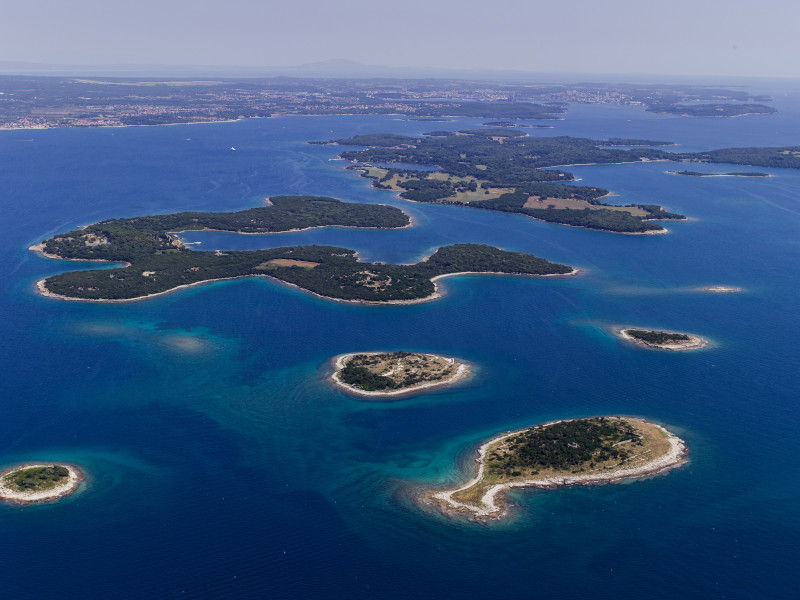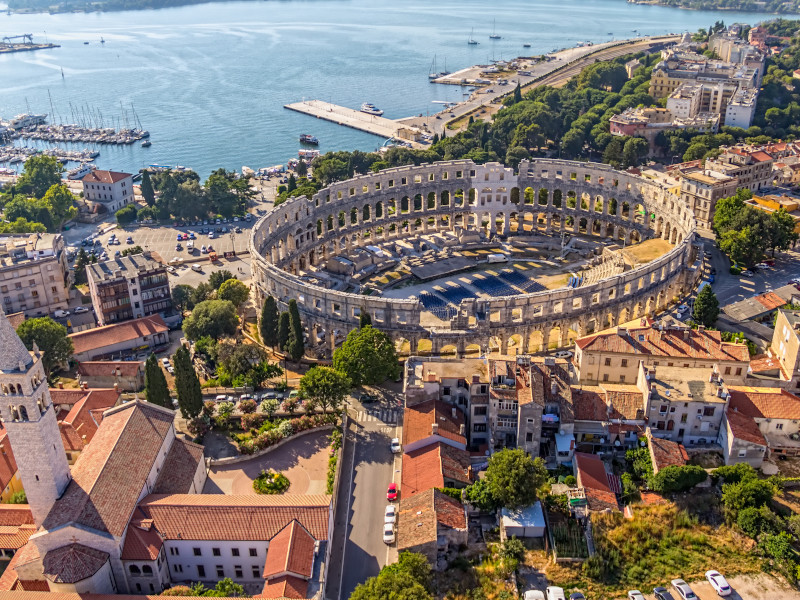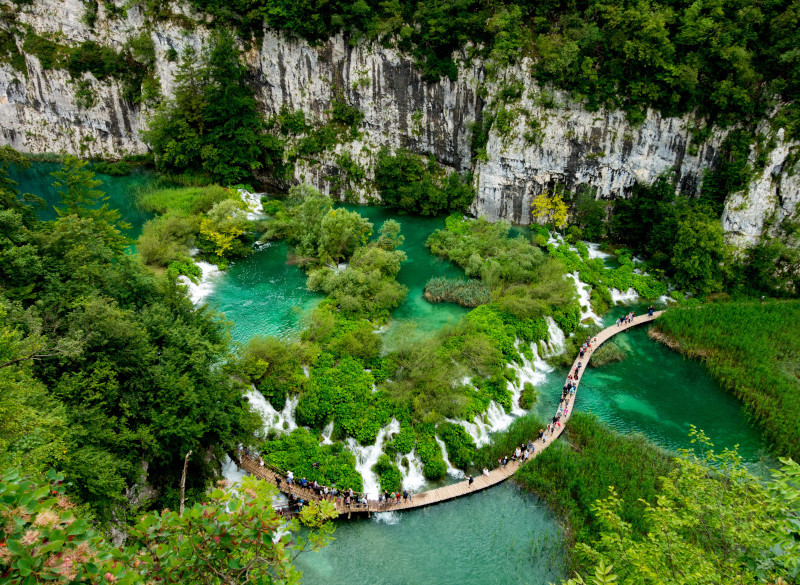Destinations
- Home
- Destinations
Stari Grad
Quiet Stari Grad
This was the first settlement founded by the Greeks all the way back in 385 BC.
Read moreŠibenik
Discover Šibenik
Šibenik originated beneath the fortress of St. Mihovil on a cliff near the mouth of the Krka river, and through many stipulations and after numerous battles with nearby towns, fighting for land supremacy, became a full-fledged city with the founding of the Šibenik diocese in 1298.
Read moreThe City of Pula
Known for the best beaches and amazing examples of Roman architecture
We continue our series of Croatian destination overviews with Pula, the largest city of the Istria peninsula located in the northern Adriatic.
Read moreNational Park Krka
Area of approximately 142 square kilometers
The Krka national park is one of the two national parks in Croatia, located in the middle of Šibenik-Knin county and named after the river Krka.
Read more

